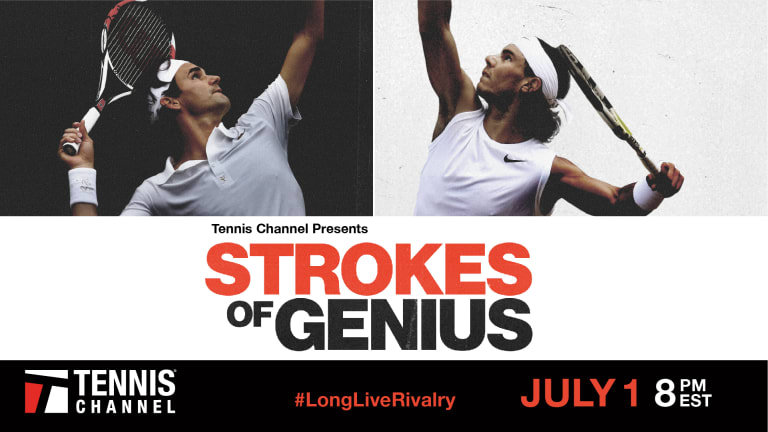Over the years, grass-court tennis on the women’s side has continued to reward the more powerful baseliners on tour, from the Williams sisters—with 12 Wimbledon titles between them—to Petra Kvitova to last year’s champion, Garbine Muguruza.
It’s a far cry from the past, where serving and volleying was the norm, born of necessity. With the surface providing a truer bounce and the heavier balls, it pays to play from the baseline.
Against those odds, can the forward-thinking players make their own net gains?
At the first grass-court events of the season in ‘s-Hertogenbosch and Nottingham, the top seeds were CoCo Vandeweghe and Ashleigh Barty, respectively. Both made it through to the weekend behind contrasting styles: Vandeweghe relies on her powerful serve and groundstrokes which pick up even more speed on faster surfaces, while Barty is more apt to mix it up in her rallies while finishing up points at the net.
Vandeweghe’s two career singles titles have come in ‘s-Hertogenbosch, and she’s reached the quarterfinals at Wimbledon twice. Barty, meanwhile, reached her first grass-court final in Birmingham just last year. The young Australian is playing catch-up as she took time away from the game before returning to have her best campaign in 2017.
WATCH—Court Report from when Muguruza won Wimbledon in 2017:
